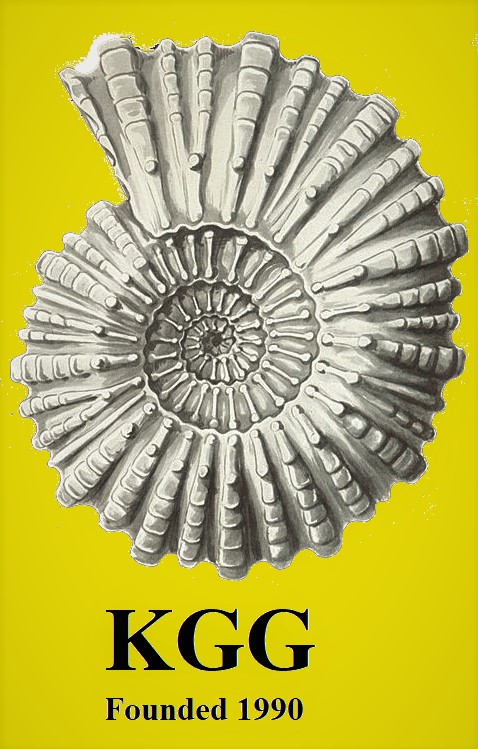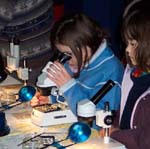
|
KENT GEOLOGISTS' GROUPWhat we offer |

|
Achieving The Group's Aims
The aims of the group, in encouraging a knowledge of geology in Kent, are achieved by means of a programme of both indoor and outdoor meetings. Indoor meetings include talks by guest speakers or members,and quizzes.
Past talks have included 'Lapis lazuli', 'Zircon', 'Iceland' and 'Lahars of Marapi'. Quizzes are informal meetings that give members an interactive way of learning geology. Past quizzes have included, for example, 'Geological Map Interpretation' and 'Identification of Rock Types'.
Field meetings mostly concentrate on Kent Geology with visits led by experts to such classic sites as Sheppey and Folkestone. More ambitious weekend field trips have also been arranged to areas outside Kent such as Wales, the Midlands and the North of England

An annual group newsletter contains articles by members on favourite sites they have visited, subjects that have attracted them and may interest other members and the indoor programme for the following year.
A particular aim of the group is to stimulate an enthusiasm for geology
among young people
This is achieved by slide-mounting activities
taken to the Rock n' Gem shows at Kempton Park.
With the aid of a microscope people of all ages may search in
shell-sand samples for microfossils that they pick out using a damp
paint brush and mount onto slides that they can label and take away
to build a collection. This facility was extended to include
micro-mineral specimens.
The latest addition to these activities is seed identification. This
is particularly suitable for the very young as the seeds may be
selected and picked out using tweezers.
| About the KGG | Organisation |